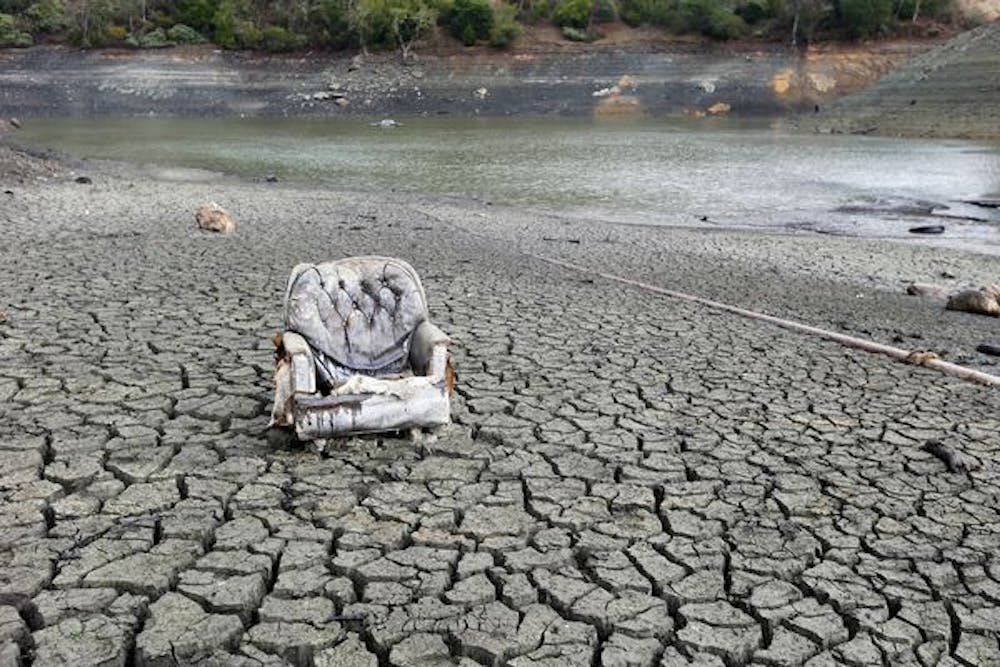
By Lexie V. Owen | Echo
And the forecast for the next century? A possible 40-year super-drought. According to Vice News, researchers from NASA, Columbia University and Cornell University found significant evidence pointing to a severe drought in Southwestern states that could last 40 years or longer in the latter part of the 21st century.
Using weather patterns of the past to predict future conditions, scientists utilized NASA's supercomputer at Goddard Space Flight Center in Maryland to delve into the history of the American West's climate, reported CBS Baltimore.
But according to the Houston Chronicle, the rings of thousand-year-old trees and tree stumps in Western states provide the most evidence of ancient dry periods.
Benjamin Cook, a researcher with NASA Goddard Institute for Space Studies, found that manmade carbon emissions are largely to blame for such disturbing results.
His team used 17 digital climate models produced by several independent laboratories to confirm these predictions. Each model includes variables such as precipitation, temperature, manmade emissions and circulation patterns in the oceans and atmosphere.
"These droughts really represent events that nobody in the history of the United States has ever had to deal with," Cook said, according to Vice News.
The Houston Chronicle reported that the warming effect caused by increased carbon dioxide levels in the atmosphere increases evaporation, which in turn dries out soil at an accelerated rate. Evidence for this claim lies in the fact that 2014 was the hottest year ever recorded.
This prompted scientists to predict a mega-drought with the intensity of the Dust Bowl and the length that turned western grasslands into deserts during the 12th and 13th centuries.
"The record shows that in any one year (of medieval droughts) it wasn't any drier than what happened in droughts during the '30s or '50s, but what was going on was that they persisted for much much longer, up to 40 years," Columbia University climate scientist Richard Seager said.
If these predictions are true, American farmers in the West will soon experience the consequences of the drought by struggling in ways they never have before. In 2011, an intense drought brought significant difficulty for Texan farmers.
Livestock suffered from wilted pastures and crops withered easily. Even fishers experienced significant loss as fish struggled to survive shallow rivers and lack of nutrients. Scientists claim that unless something is done about the current levels of greenhouse gas emissions, Western harvesters of the late 21st century will suffer consequences for an exponentially longer period of time.
"In both the Southwest and Central Plains, we're talking about levels of risk of 80 percent of a 35-year-long drought by the end of the century, if climate change goes unmitigated," Cornell University researcher Toby Ault told the BBC.
If actions are taken against the effects of greenhouse gases on global temperatures, researchers at Cornell believe the U.S. can lower the levels of mega-drought risk.
Despite the gloomy conditions looming ahead, scientists are hopeful for America's ability to survive. According to Ault, the very trees that provided warning are also providing encouragement.
"It means the events weren't so bad as to kill off all the trees," Ault said. "I am optimistic that we can cope with the threat of mega-drought in the future because it doesn't mean no water-it just means significantly less water than we're used to the having from the 20th century."





